

Neil Briscoe
2026 Xpeng G6 AWD Performance review: Quick drive
5 Days Ago
Up to eleven new pickups are on their way to Australia over the next few years, from nearly all the key brands and a few new players. Here's everything we know so far, wrapped up in one place

Senior Contributor


Senior Contributor
Pickups or utes (whichever you prefer to call them) have longer lifecycles than SUVs or passenger cars, so new ones don’t roll out with the same regularity.
But when it rains it pours. The 20 per cent of Australian new vehicle buyers who opt for a ute such as a Toyota HiLux, Ford Ranger, or Mitsubishi Triton will be spoilt for choice over the next few years, as updates, new-generation models, and previously unknown nameplates hit local dealers.
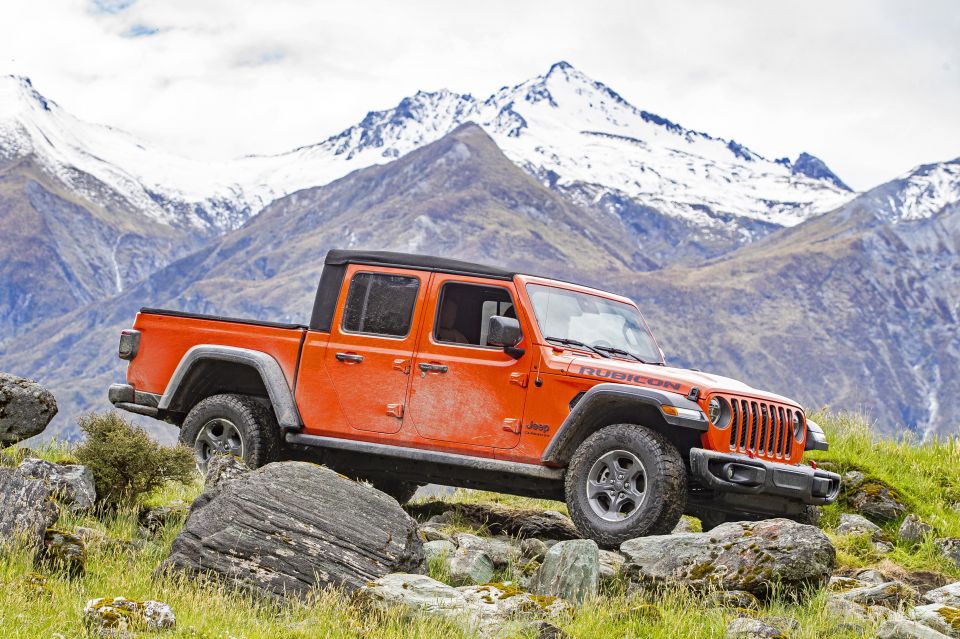
In recent time we’ve seen the Holden Colorado and Mercedes-Benz X-Class meet their ends, and new arrivals like the LDV T60 and SsangYong Musso emerge to have a crack at the lucrative market. We’ve also seen the launch of the brand new Jeep Gladiator that we’ve reviewed here.
This story doesn’t break any new details about the range of pickups heading here, but it does wrap them up into one convenient place.
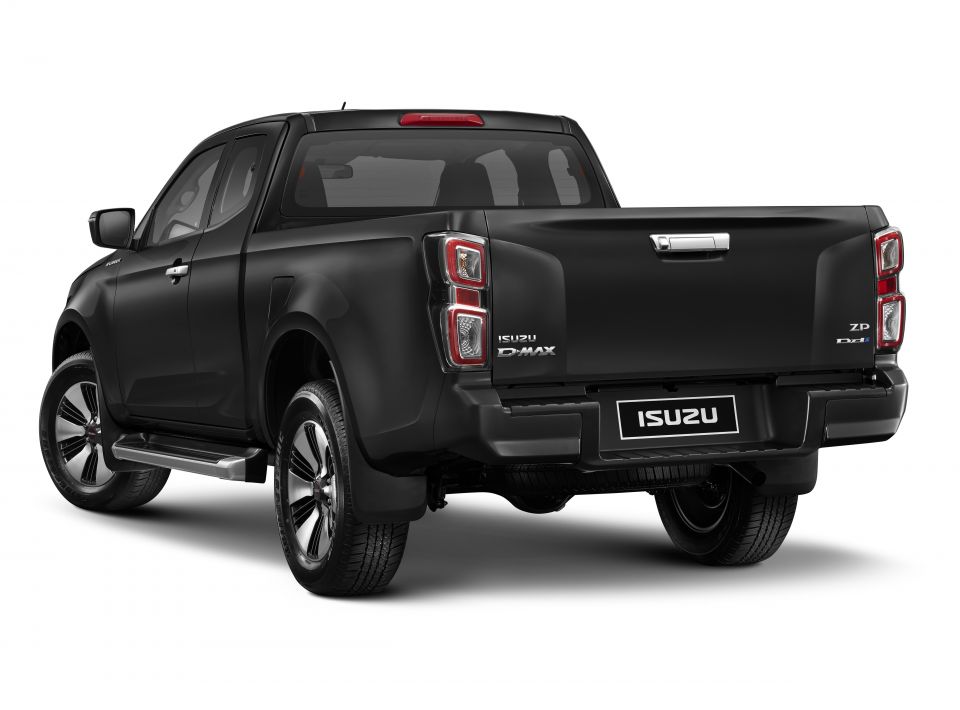
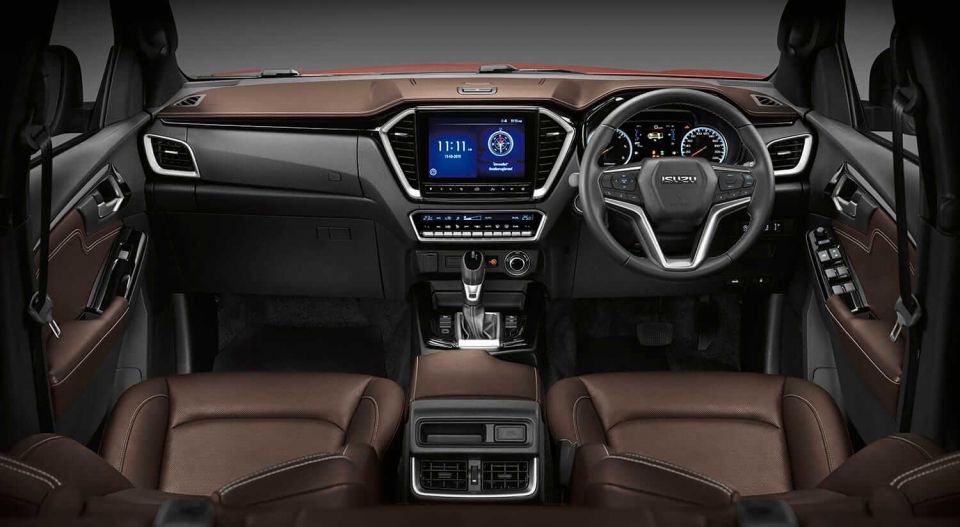

The third-generation D-Max has been available in its homeland, Thailand, since last October. Despite a three-week factory closure due to the Coronavirus crisis, we expect the new D-Max will lob in Australia in July.
Update, 10/07/2020 11:00am: Isuzu has announced the D-Max will be revealed on August 13, and will arrive in showrooms on September 1.
The new model retains a 3.0-litre diesel engine, uprated to 140kW and 450Nm, six-speed transmissions, 2WD and 4WD, and rear leaf springs. Its part-time four-wheel drive system will also be augmented by an overdue rear locking differential.
The D-Max has grown slightly: the wheelbase has stretched 30mm and width has increased 10mm, but the quicker steering system promises to make the car more wieldy. There’s also apparently telescopic reach adjustment at last.
The outgoing car’s utilitarian cabin makes way for a more sophisticated layout with a touchscreen running Apple CarPlay and Android Auto. Thai models are listed as offering blind-spot monitoring and cross-traffic alert, and we expect Australian models to get autonomous emergency braking (AEB) as well.
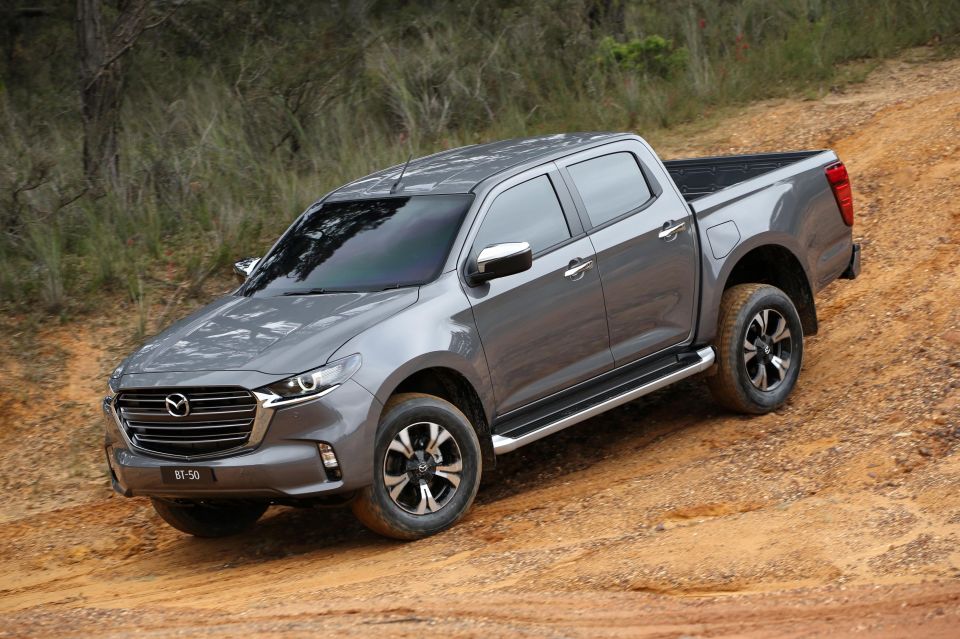
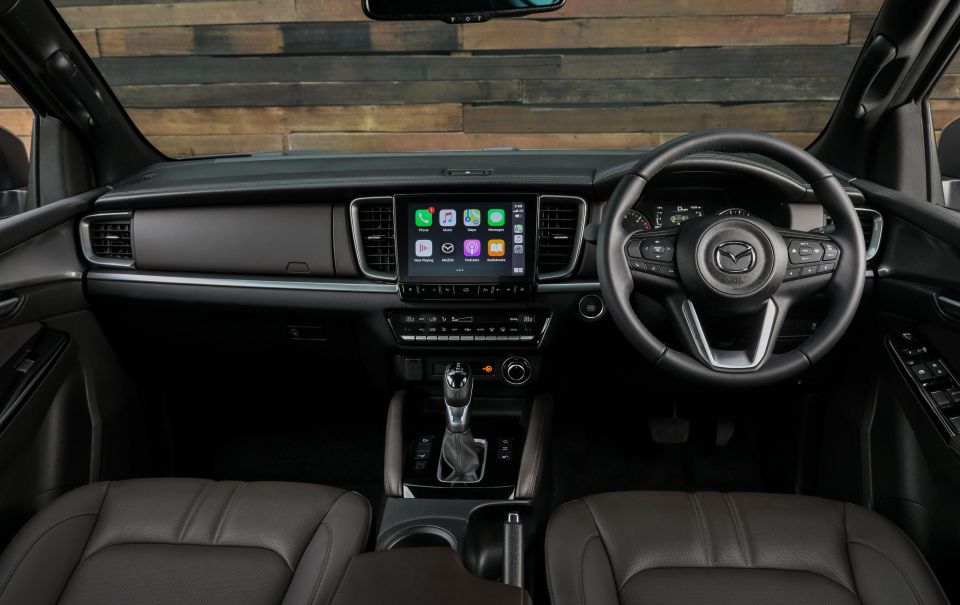
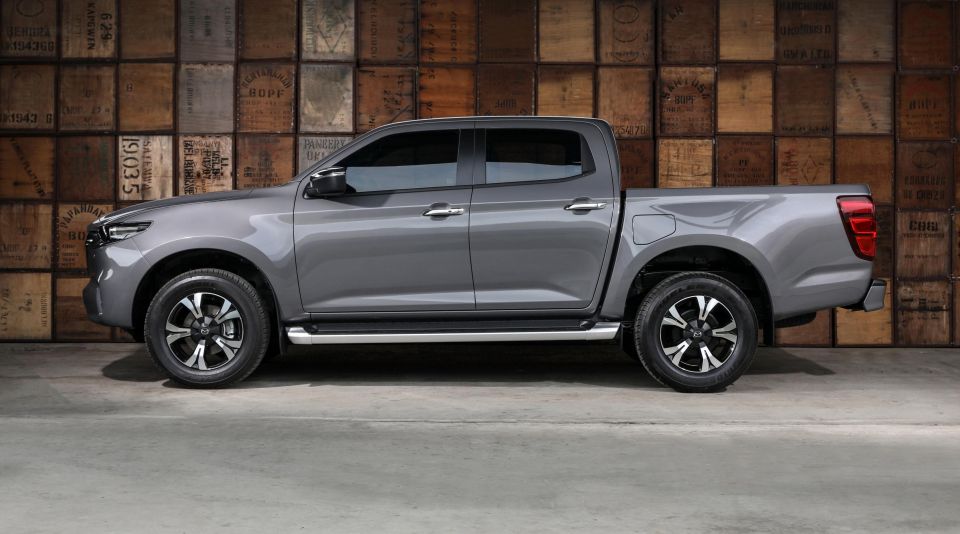
UPDATE 17/06/2020, 12:01pm: We’ve updated this section with details about the new Mazda BT-50, now they have been revealed. We have also pulled the story forward on the site.
Mazda has now revealed its brand-new BT-50, based on an Isuzu platform with an Isuzu engine in place of the previous Ford joint-venture.
This new BT-50 goes on sale “toward the end of the year”, a few months after the new D-Max. A different grille and unique wheels give it some difference.
It uses the same engine as the D-Max: a 3.0-litre diesel making 140kW/450Nm, slightly down on the old 3.2-litre five-cylinder Ford unit.

Mazda promises 3.5-tonne towing across the range, and payloads above 1000kg for a least some variants.
Standard safety equipment includes active cruise control, AEB, lane-keeping assist, blind-spot monitoring, and rear cross-traffic alert, indicating a premium focus.
The cabin appears to have elements of Mazda-specific design, and lots of premium materials, and it’ll also have wireless Apple CarPlay, a proximity key, and a 9.0-inch touchscreen.
Expected to be available with the Mazda BT-50 locally is a function allowing the driver to remotely start the vehicle to commence cabin heating or cooling, a nice touch on a roasting summer day.
Read all about the new BT-50 here.

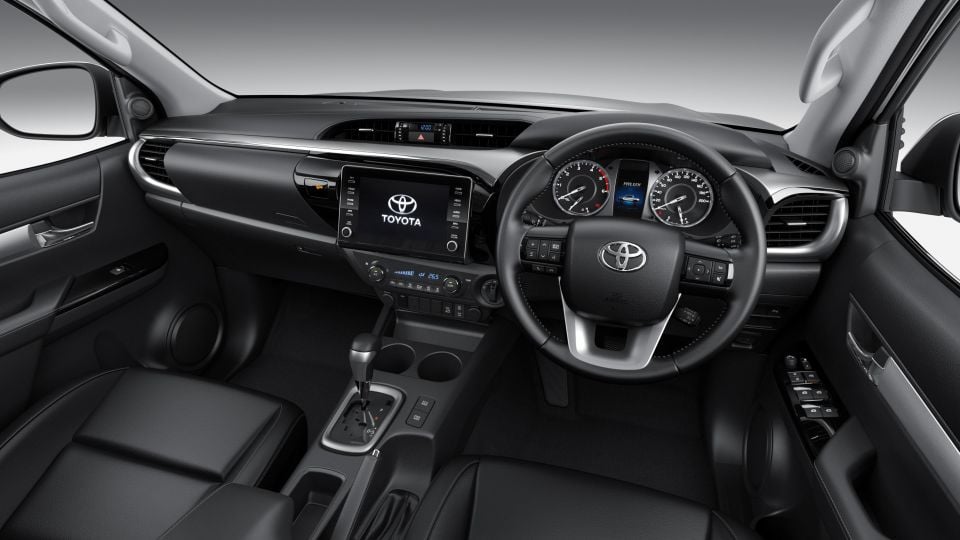
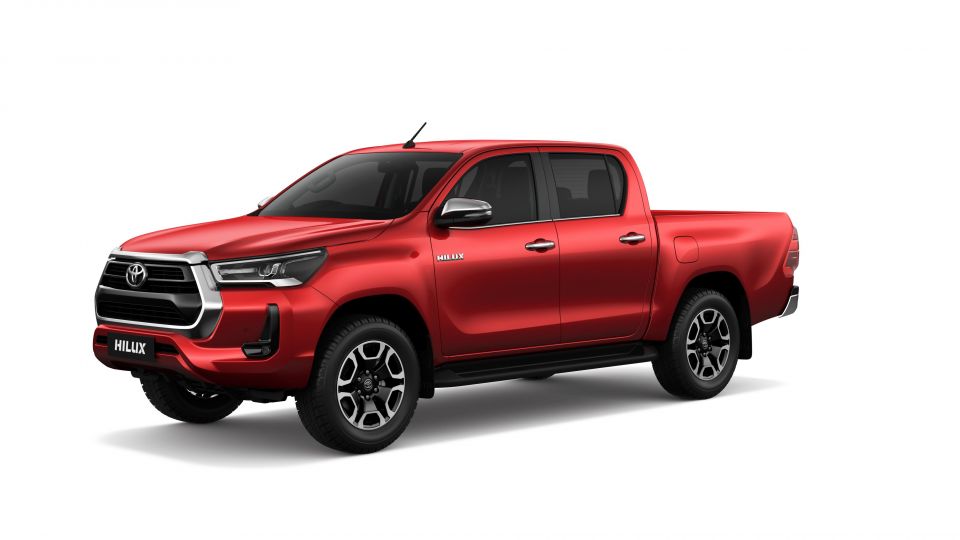
Updated 04/06/2020: The Toyota HiLux has officially been updated for 2020, confirming what we suspected.
With a new iteration of the 2.8-litre turbo-diesel engine making 150kW of power and 500Nm of torque, it packs a better payload, revised suspension, and updated interior technology.
For a full breakdown, check out our reveal story here.
The original text for the HiLux, published on June 1, is below.
There’s a facelifted version of Australia’s top-selling vehicle due around August/September.
Of course, images have already leaked out, pointing to a little bit of US-market Tacoma and Tundra inspiration in the new nose design. You may recall the HiLux has already had one nose job over its current life-cycle.
We’re also expecting new rear LED combination lights, Apple CarPlay and Android Auto to feature as part of a new infotainment system, and potentially a power bump for the 2.8-litre diesel engine, which doesn’t exactly set the world on fire at present.
Toyoyta fitted a full suite of driver-assistance functions to the HiLux last year, so that box is already ticked.

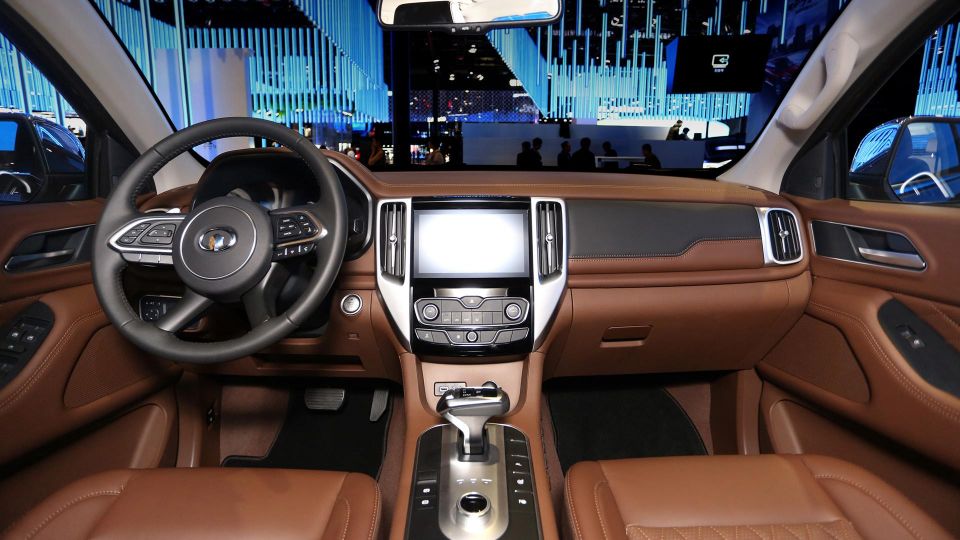

The current Great Wall Steed is cheap, but hardly cheerful. But the new one that we understand is on track to hit Australia via Great Wall’s factory distributor in early 2021 promises to be a different beast entirely.
GWM wants to sell three million globally by 2025 and “compete head-in with Toyota and Ford”. Props for ambition.
The GWM P Series – a product of GWM’s brand-spanking new Chongqing factory and, in future, a Thai plant bought from GM and which made the Holden Colorado – is big: at 5.4 metres long it’s about the same length as a Ranger.
Features available include LED headlights, push-button start, a 9.0-inch touchscreen, automated parking, traffic-sign recognition, Bosch ESC, a 360-degree camera, autonomous emergency braking, and lane-keeping assist.
It also apparently offers a ZF eight-speed automatic transmission – Germany’s ZF supplies BMW, JLR and others with transmissions – low-range gearing, multi-link rear suspension (whether this is an option or standard is to be determined), and a locking rear diff.
Chinese models get a 140kW/360Nm 2.0-litre petrol engine, but we’re expecting diesel availability for Australia. An electric one is also promised, eventually.

China’s LDV belongs to SAIC Motor, also the parent of MG. Under its independent Australian distributor Ateco, it has made some serious inroads here, with its T60 growing in popularity.
An updated Trailrider 2 version has launched with a new 120kW/375Nm 2.0-litre diesel engine, while it’s also launched models with Australian tunes and longer trays.
But the company last week teased a new ute on its Weibo page with no information apart from a message that said, “See you in the second half of 2020”.
Not much has been confirmed, but I’ve spoken with SAIC engineers in China who indicated we should expect the 2021 model to rock a Euro 6-compliant 2.0-litre twin-turbo unit with outputs we understand will be 160kW and 480Nm. An electrified model is also set, for China at least.
The new body-on-frame ute will sit on one of SAIC’s modular architectures, called MIFA. We’d speculate it’ll have a circa 10-inch centre screen, conversational voice commands, app-based remote-operated air-con, and greatly superior material quality.
SAIC Motor has also sourced the full suite of active safety features and will fit these to the T60 successor, meaning AEB, lane assist, blind-spot warning, 360-degree camera etc. The company promises a five-star NCAP crash rating.
As the picture potentially indicates, the new model will sport a buff, American-style design language, and almost certainly grow in all dimensions. Dual-cab, king-cab and single-cab versions will be made.

We have precious little info on this. Nissan put out a video last week teasing the new and updated models it’d reveal over the course of the next few years.
While it was the brand new Z that got the headlines, the updated Navara’s silhouette was also shown. The squarer front end, new bonnet, and bolder LED headlights are evident.
Whether we can expect some overdue driver-assistance features such as AEB, or any tweaks to the refined 2.3-litre twin-turbo diesel currently doing service, remains to be seen. We’re expecting a late-2020 or early-2021 premiere.
We do know this D23 Navara will be replaced at the end of its life cycle around 2024 by a model developed with (potentially by) Mitsubishi. Although it won’t look identical to the Triton, it will probably share doors as well as engines and platforms.
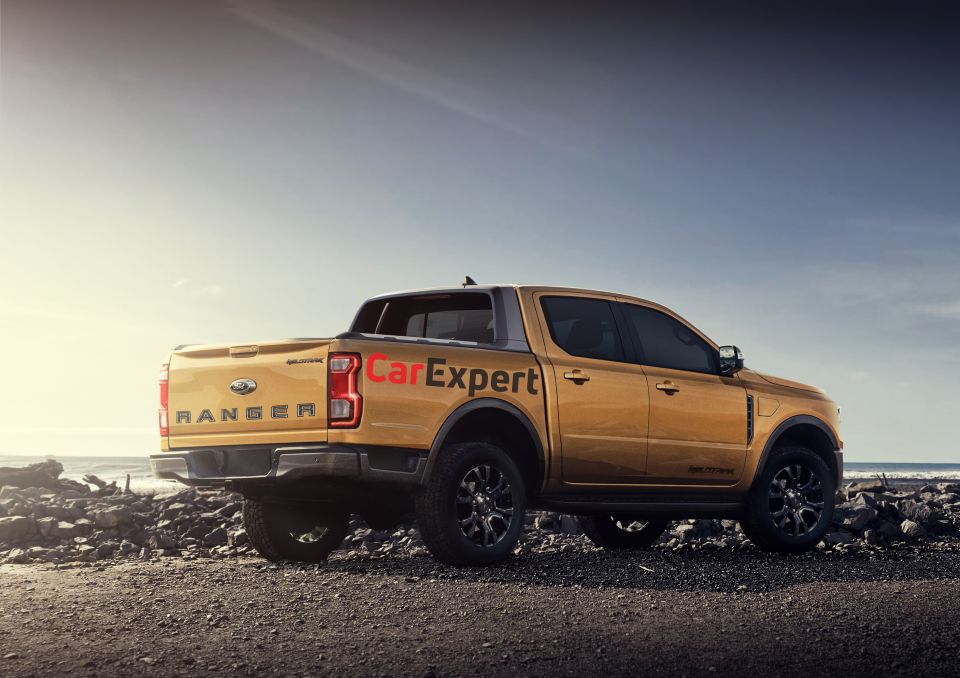
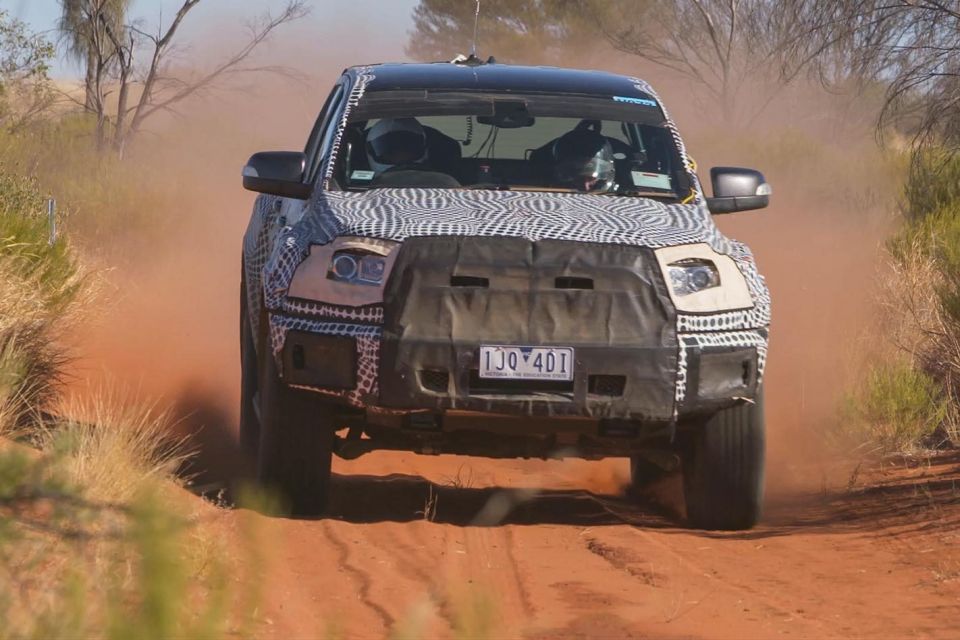
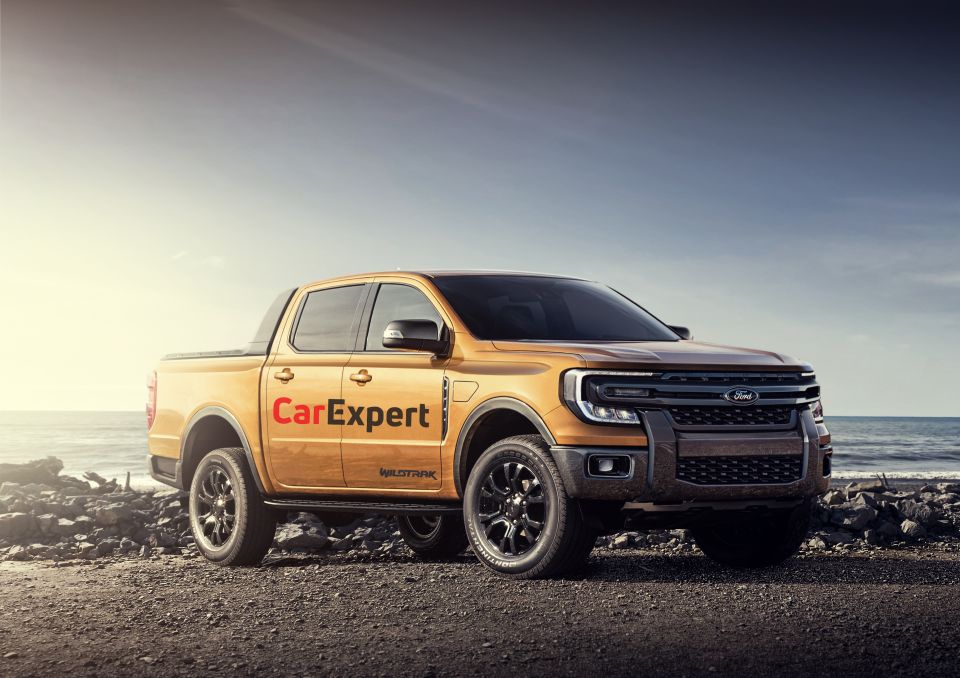
Confidential plans about the 2022 Ranger leaked ahead of a drip-feed of information about the new models, which kicks off later this year. The story we broke more than a week ago can be found here.
The ageing 3.2-litre five-cylinder turbo-diesel engine will die off. The new entry 4×4 engine will be a 2.0-litre twin-turbocharged four-cylinder diesel, and there’ll also be a 3.0-litre turbocharged V6 diesel for high-grade models. A 2.3-litre petrol plug-in hybrid engine is expected later on.
The Raptor will pick up the V6 diesel engine for a little bit of extra kick. It is also likely to get the next generation of Fox Racing shock absorbers recently introduced to the 2020 Ford F-150 Raptor.
The brand’s SYNC4 infotainment system will probably be delivered to a new vertical infotainment screen in the centre of the cabin. It’ll be joined by a TFT screen ahead of the driver showing speed and trip computer information.
While Ford is marketing this car as a 2022 model, it’s likely to be released globally towards the end of 2022 with an Australian release likely for late that year, or early in 2023.
“The Ranger and Everest models’ design and engineering is Australian-led and includes work carried out at our centres at Campbellfield, which hosts design and engineering teams, as well as our Geelong engineering capability only a short distance from Ford’s You Yangs Proving Ground,” Ford added.
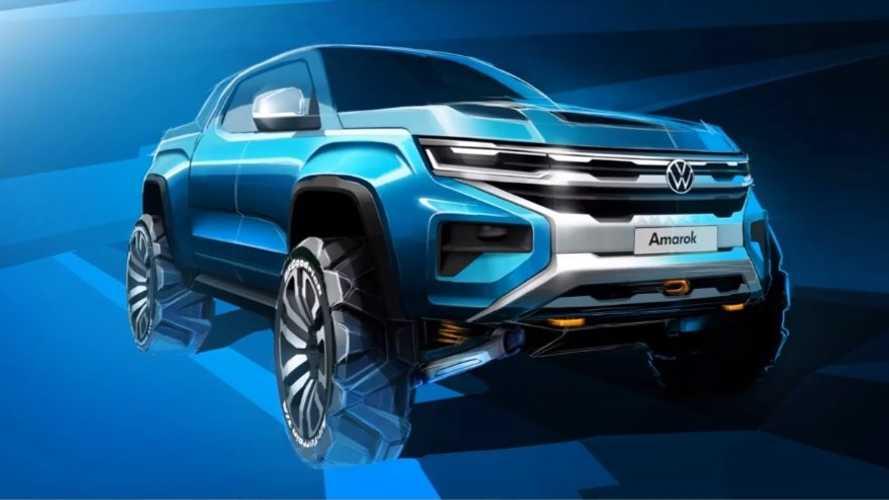
The design of the second-generationAmarok dual-cab ute was teased in March. Given the current one dates to 2010, its replacement in 2022/23 is certainly overdue – especially given the current one lacks rear airbags.
As we know, the new Amarok will be one of the first fruits from an alliance between Volkswagen and Ford, meaning the new Amarok will be intimately tied to the Ranger discussed above. That means the continuation of a V6 diesel looks a lock.
As announced last year, the two automakers will jointly develop a number of commercial vehicles together. More on that here.

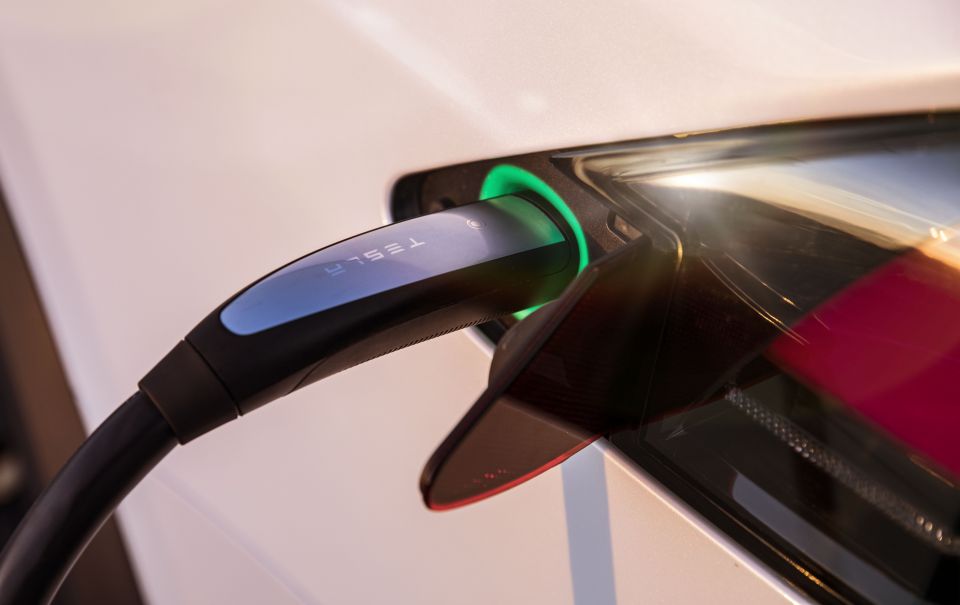

The most polarising vehicle design in quite some time, the angular electric pickup is already available to order in Australia despite not yet entering production.
From its wrapped stainless steel skin, tempered glass, claimed 800km maximum range, optional triple-motor layout, claimed supercar-like 0-60mp/h sprint time of 2.9 seconds, driver-assist functions, air suspension, and mooted 6.5 tonne tow rating, everything promised is revolutionary.
American production is set to begin in late 2021, while lower-grade single-motor and rear-wheel drive models are expected in late 2022 – globally, that is. Australia will probably need to wait at least an extra year, pointing to a rollout of range-topping models as early as late 2022, and more variants to lob during 2023.
Tesla has said the single-motor Cybertruck will start in the USA at US$40,000, which equates to $60,000. But that figure seems unfeasibly low given Model 3 pricing exceeds that locally. Exchange rates at present are not favourable

Right-hand drive converted RAM 1500 V8 Hemi pickups, distributed by Ateco and re-engineered by Walkinshaw, are doing brisk business here. The $79,990 starting price, currently cheap fuel, and 4.5 tonne towing help no end.
According to various respected American titles including MotorTrend, Fiat Chrysler’s Ram brand is now resurrecting the smaller Dakota after killing it almost a decade ago, to tackle the Ford Ranger, Toyota Tundra, and Chevrolet Colorado in the USA.
It’s expected to use Jeep’s 3.6-litre Pentastar V6 petrol engine, and potentially the 3.0-litre V6 diesel used in the Ram 1500. In line with the swish new 1500 to be launched in Australia soon, expect a luxury SUV-like infotainment system and the requisite active safety features.
Provided the Dakota is made left-hand drive only as expected, the additional cost of converting it to right-hand drive locally wouldn’t help its positioning. That said, it would improve economies of scale. Whether it comes Down under is yet to be seen, though clearly demand would be there were the price, look, and performance on the money.
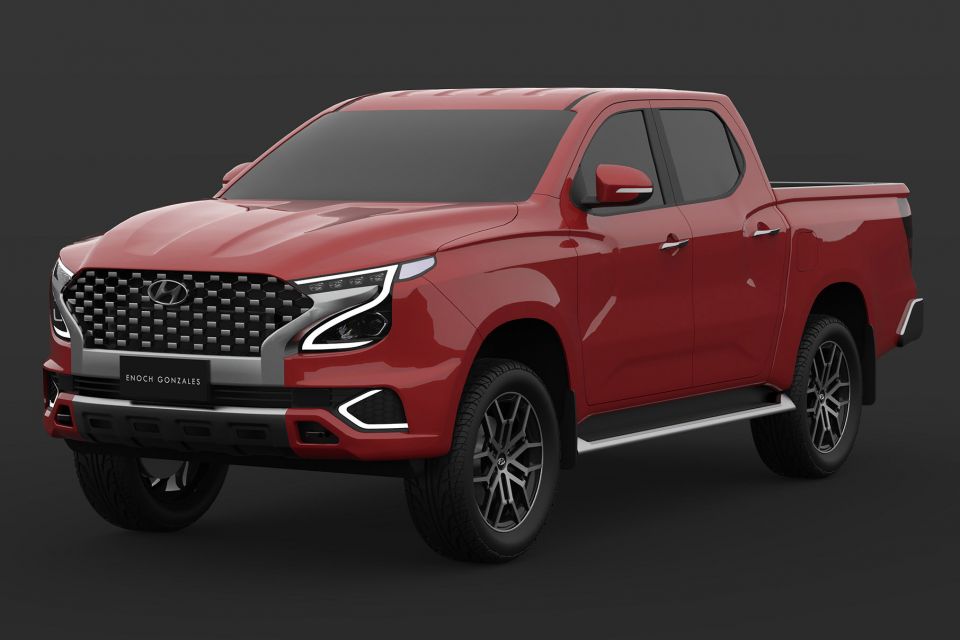
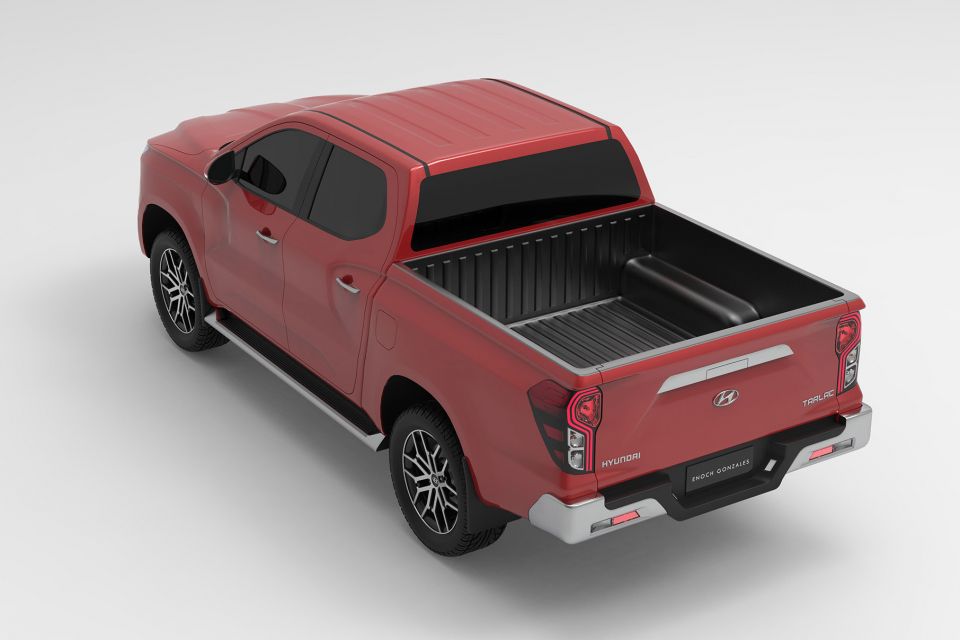

Hyundai Australia wants a ute. Lacking a pickup is a significant disadvantage Down Under, in other words.
Luckily, the brand has a dual-cab workhorse coming, but it won’t be here until 2023. When it does, it might look a little something like this.
When it arrives, the Hyundai ute is expected to be a proper workhorse to take on the Ranger and HiLux.
Speaking in 2019, then-Hyundai Australia boss J.W Lee told media the company has sent researchers to Australia and other south-east Asian markets to research what’s required of a dual-cab.
The vehicle’s exact capabilities haven’t yet been confirmed, but expect a payload of around a tonne and a braked towing capacity of around 3500kg – any less would put the new ute at a disadvantage compared to its rivals.
The pictures shown are renders we ran back at the start of May.
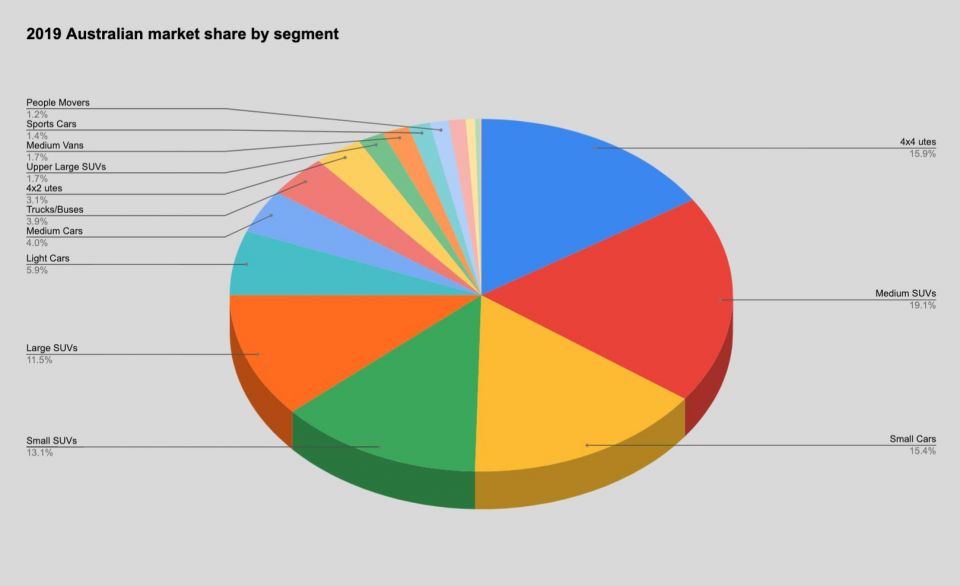
In the last full year of sales, pickups owned 19 per cent total market share in Australia, equal to a smidgen more than 200,000 sales. That was share growth of 0.6 per cent over 2018’s tally.
Combining 4×2 and 4×4 sales, the winner was the HiLux (rounded to 48,000 sales), ahead of the Ranger (41,000 rounded), Triton (26,000), Colorado (17,500), D-Max (17,000), Navara (13,500), BT-50 (11,500), Amarok (8500), Toyota LandCruiser 70 (9222), LDV T60 (3500), RAM 1500 (2600), Mercedes-Benz X-Class (2100), Great Wall Steed (1400), and SsangYong Musso (550).


Neil Briscoe
5 Days Ago


Max Davies
4 Days Ago


James Wong
2 Days Ago


William Stopford
2 Days Ago


Josh Nevett
1 Day Ago
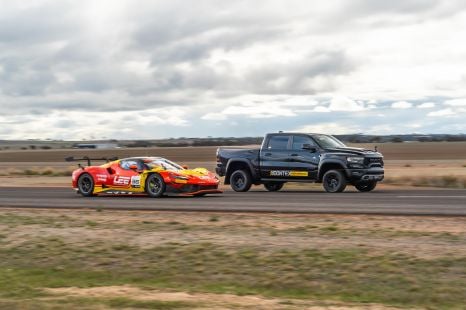

Paul Maric
14 Hours Ago